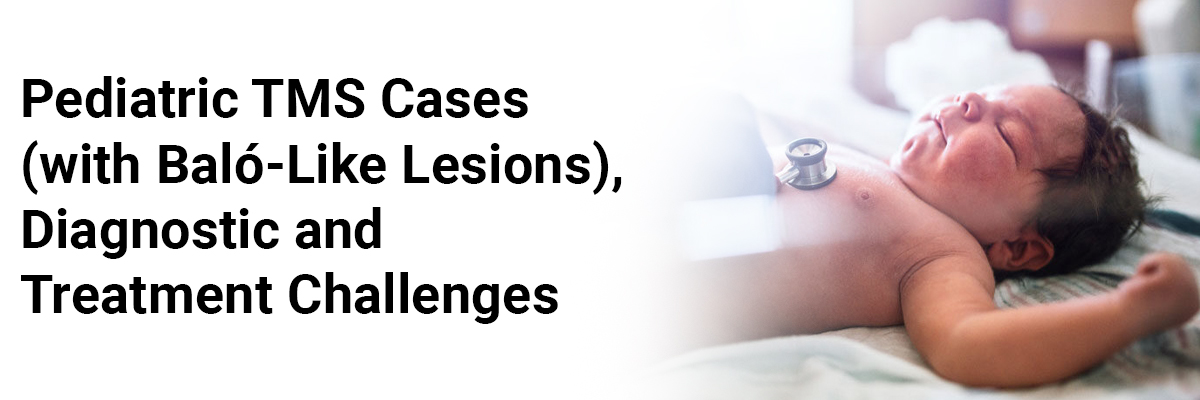
 IJCP Editorial Team
IJCP Editorial Team
Pediatric TMS cases (with baló-like lesions), diagnostic and treatment challenges
The present report describes a case of a 7.5-year-old boy with tumefactive multiple sclerosis (TMS) and a Baló-like lesion who initially presented with subacute right hemiparesis, ipsilateral facial palsy, and an otherwise unremarkable personal and family history. His Brain magnetic resonance imaging (MRI) showed three tumefactive (over 2 cm) periventricular lesions. One tumefactive lesion showed a concentric ring appearance, an open ring diffusion restriction pattern, and thin ring enhancement, consistent with a Baló-like lesion. His Spinal MRI was normal. Laboratory testing ruled out autoimmune diseases and infection.
The absence of cortical involvement, mass effect, and seizures, along with the aforementioned lesions, prompted the diagnosis of the clinically isolated syndrome. The patient received methylprednisolone pulses, intravenous immunoglobulins, and finally showed optimal response to plasmapheresis.
One month later, the patient developed left hemiparesis, which slowly evolved into a motor disability. The new lesions at the right periventricular white matter and at additional sites indicated MS, according to space and time international criteria. The patient responded well to a five, alternate day, cyclophosphamide infusion scheme of 800 mg/m2 body surface area.
Despite clinical improvement with mild residual neurological deficit, because of new lesion development and inconclusive laboratory investigations, a brain tumor diagnosis needed to be actively excluded. Magnetic resonance spectroscopy (MRS) displayed elevated β,γ-Glx peaks and a lipid-lactate doublet that suggested demyelination. A brain biopsy was refused due to invasiveness and possible misleading results. Instead, computed tomography (CT) demonstrated hypoattenuation in the areas of abnormality, excluding cerebral lymphoma and backing the diagnosis of TMS.
New MRI lesions prompted treatment with methylprednisolone pulses causing clinical stability.
At this time, the absence of evidence-based guidelines for TMS immunomodulating treatment appropriate for this patient's age directed a "wait and watch" close follow-up approach. He remained Treatment-free clinically and radiologically stable for almost two years when a large MRI non-enhancing lesion appeared.
Since, by this time his age was appropriate, the patient received treatment with fingolimod, an approved oral therapy for highly active relapsing-remitting forms of MS (RRMS) for children over 10 years.
The patient showed excellent tolerance and was clinically and radiologically stable at two years follow-ups.
Neurol Sci. 2022. https://doi.org/10.1007/s10072-022-06396-y

IJCP Editorial Team
Comprising seasoned professionals and experts from the medical field, the IJCP editorial team is dedicated to delivering timely and accurate content and thriving to provide attention-grabbing information for the readers. What sets them apart are their diverse expertise, spanning academia, research, and clinical practice, and their dedication to upholding the highest standards of quality and integrity. With a wealth of experience and a commitment to excellence, the IJCP editorial team strives to provide valuable perspectives, the latest trends, and in-depth analyses across various medical domains, all in a way that keeps you interested and engaged.




















Please login to comment on this article